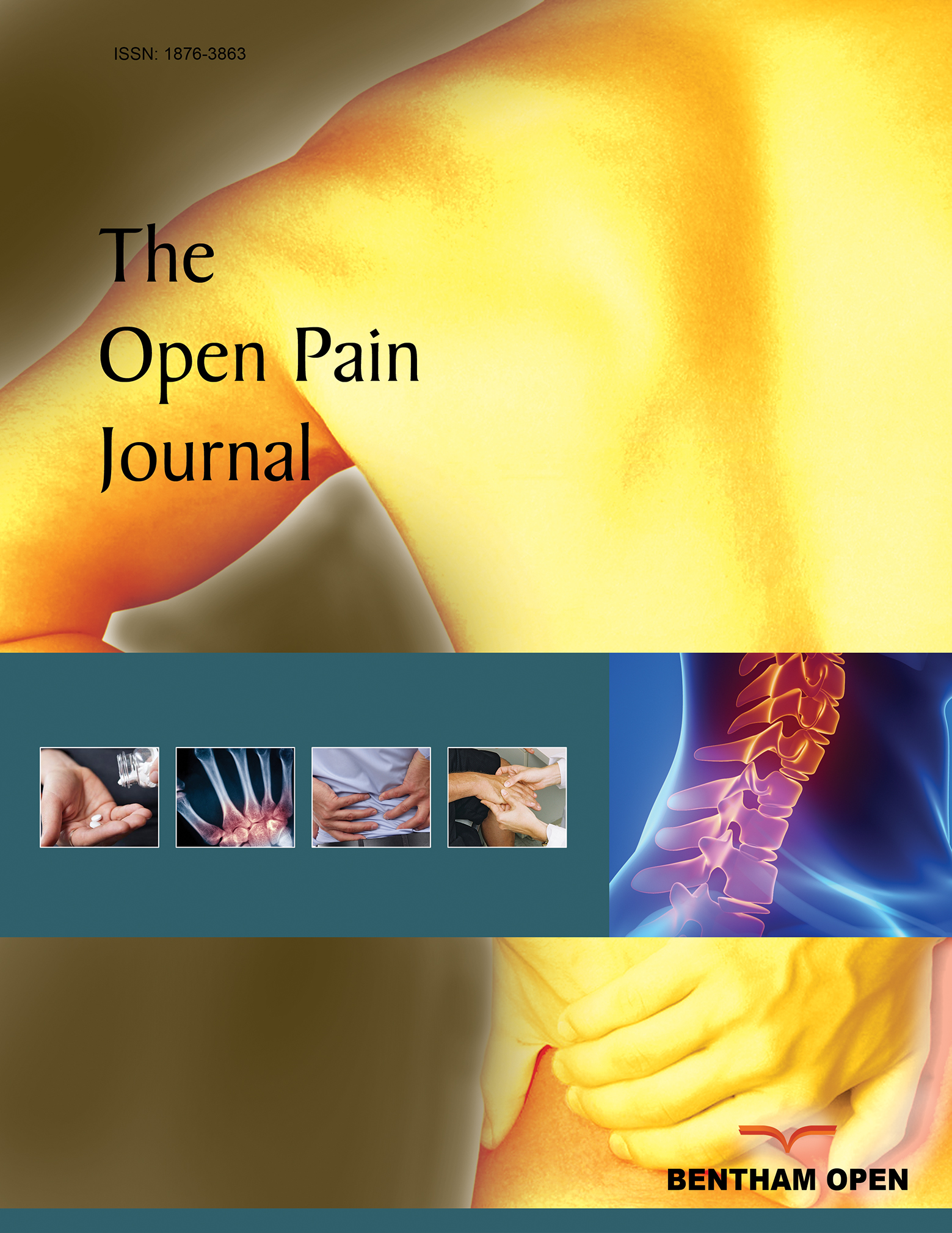An Experimental Investigation of the Effect of Age and Sex/Gender on Pain Sensitivity in Healthy Human Participants
Abstract
Background:
Ageing is associated with alterations of the structure and function of somatosensory tissue that can impact on pain perception. The aim of this study was to investigate the relationship between age and pain sensitivity responses to noxious thermal and mechanical stimuli in healthy adults.
Methods:
56 unpaid volunteers (28 women) aged between 20 and 55 years were categorised according to age into one of seven possible groups. The following measurements were taken: thermal detection thresholds, heat pain threshold and tolerance using a TSA-II NeuroSensory Analyzer; pressure pain threshold using a handheld electronic pressure algometer; and cold pressor pain threshold, tolerance, intensity and unpleasantness.
Results:
There was a positive correlation between heat pain tolerance and age (r = 0.228, P = 0.046), but no statistically significant differences between age groups for cold or warm detection thresholds, or heat pain threshold or tolerance. Forward regression found increasing age to be a predictor of increased pressure pain threshold (B = 0.378, P = 0.002), and sex/gender to be a predictor of cold pressor pain tolerance, with women having lower tolerance than men (B = -0.332, P = 0.006).
Conclusion:
The findings of this experimental study provide further evidence that pressure pain threshold increases with age and that women have lower thresholds and tolerances to innocuous and noxious thermal stimuli.
Significance:
The findings demonstrate that variations in pain sensitivity response to experimental stimuli in adults vary according to stimulus modality, age and sex and gender.


